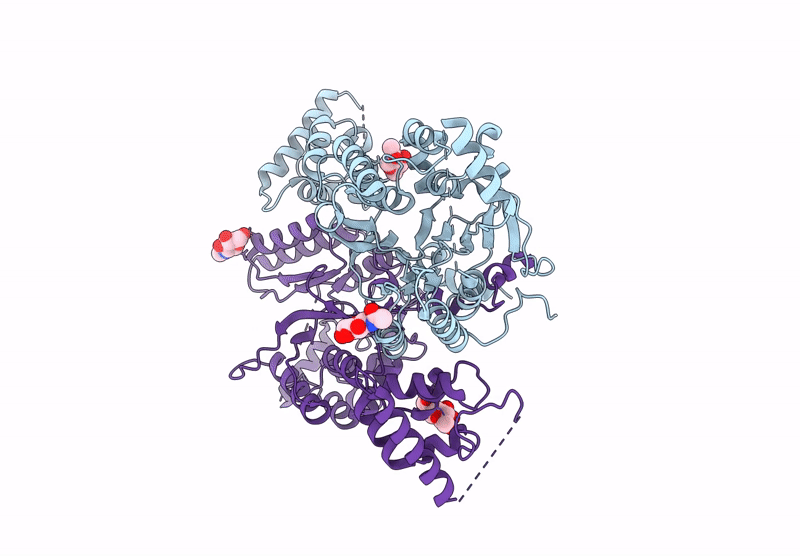
Deposition Date
2024-04-18
Release Date
2025-02-26
Last Version Date
2025-02-26
Entry Detail
PDB ID:
9BGG
Keywords:
Title:
Structure of a hyperactive S1S3 truncation of the human GlcNAc-1-phosphotransferase
Biological Source:
Source Organism:
Homo sapiens (Taxon ID: 9606)
Host Organism:
Method Details:
Experimental Method:
Resolution:
3.40 Å
Aggregation State:
PARTICLE
Reconstruction Method:
SINGLE PARTICLE


